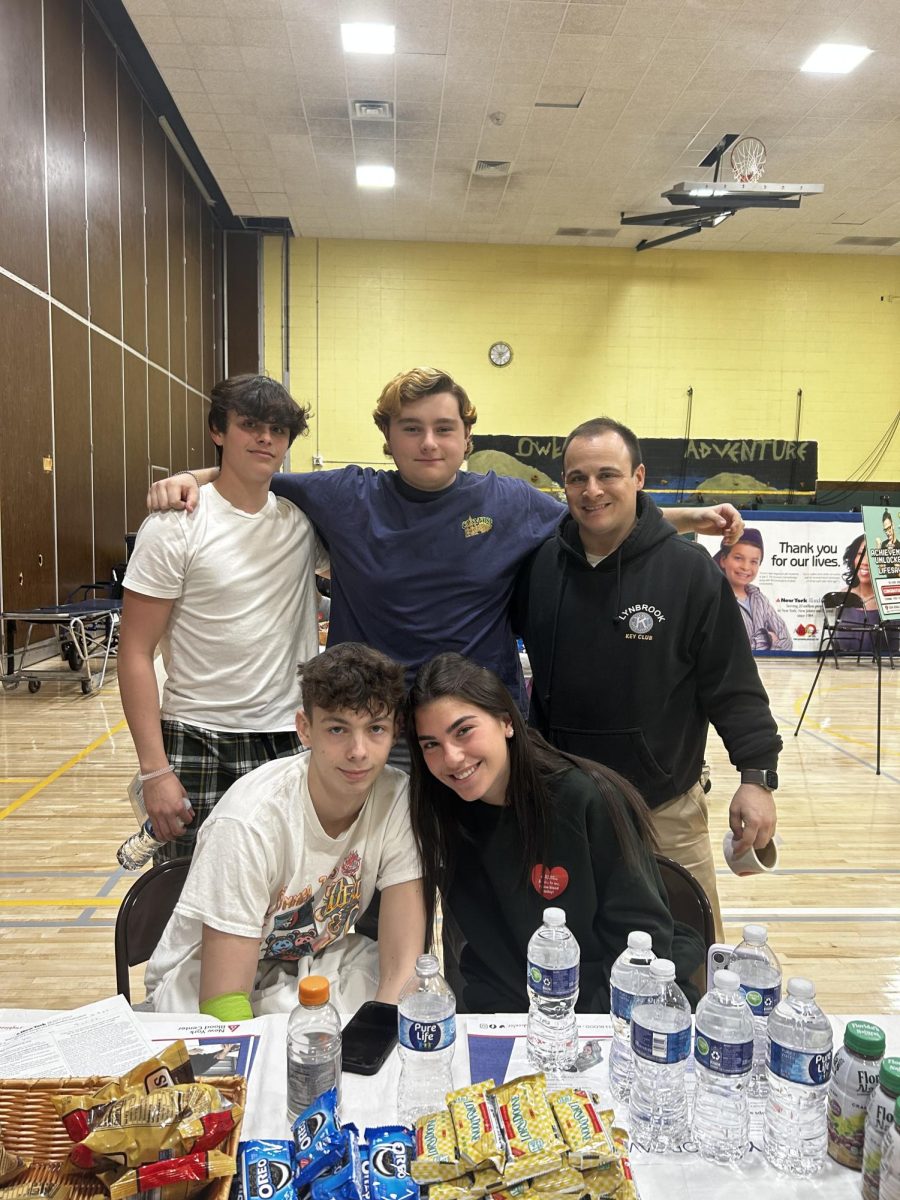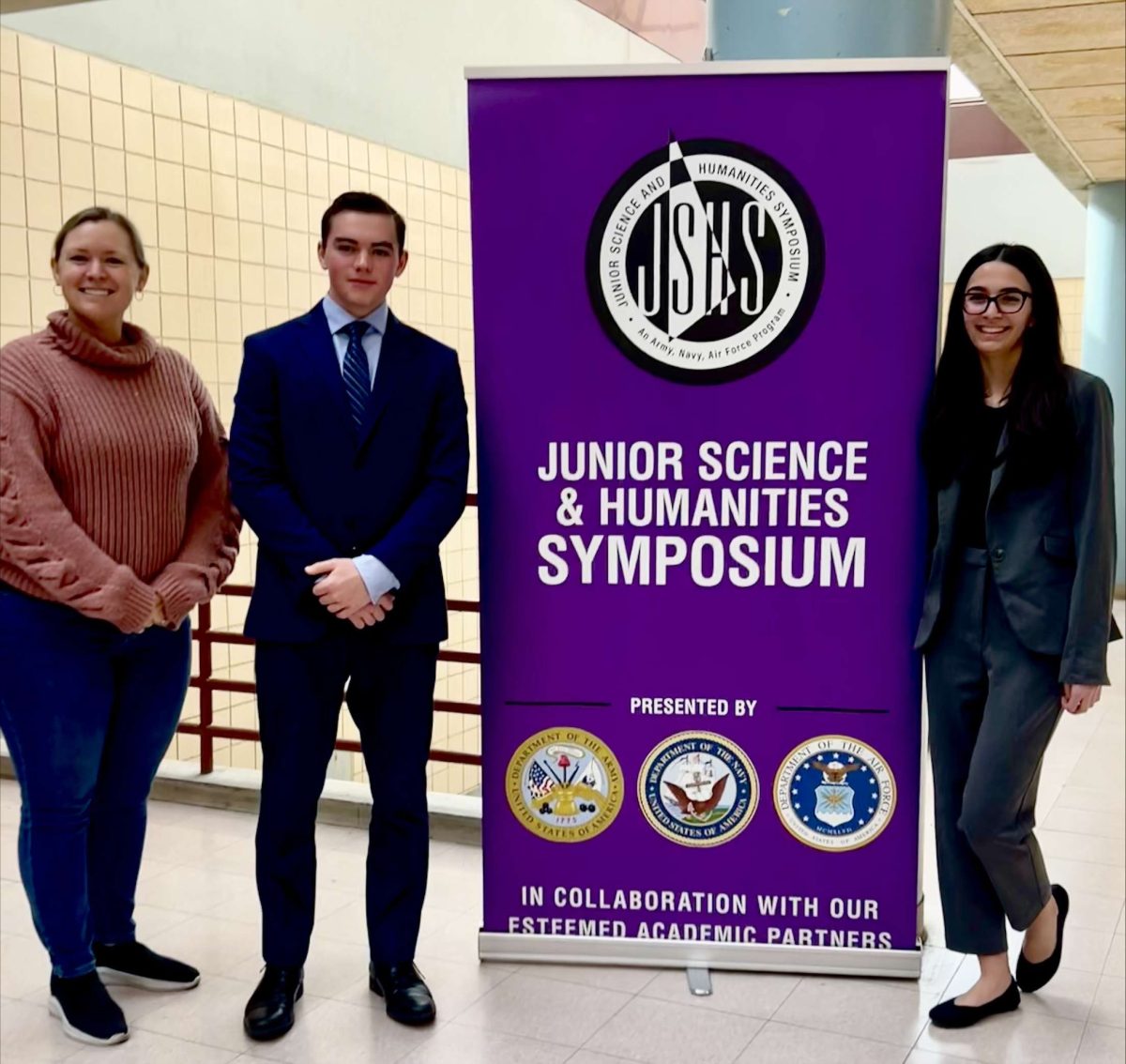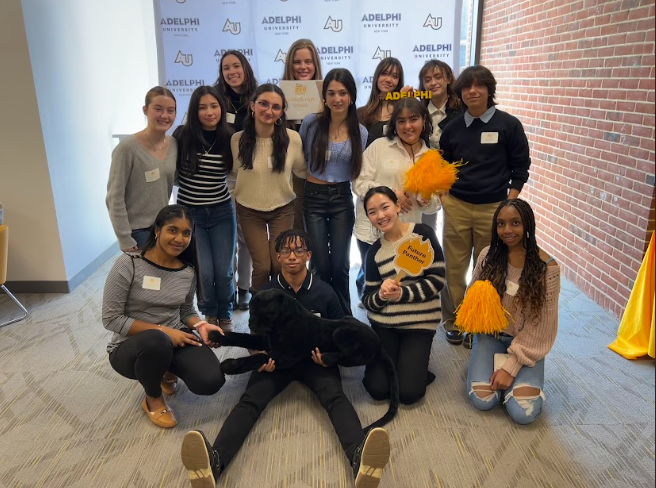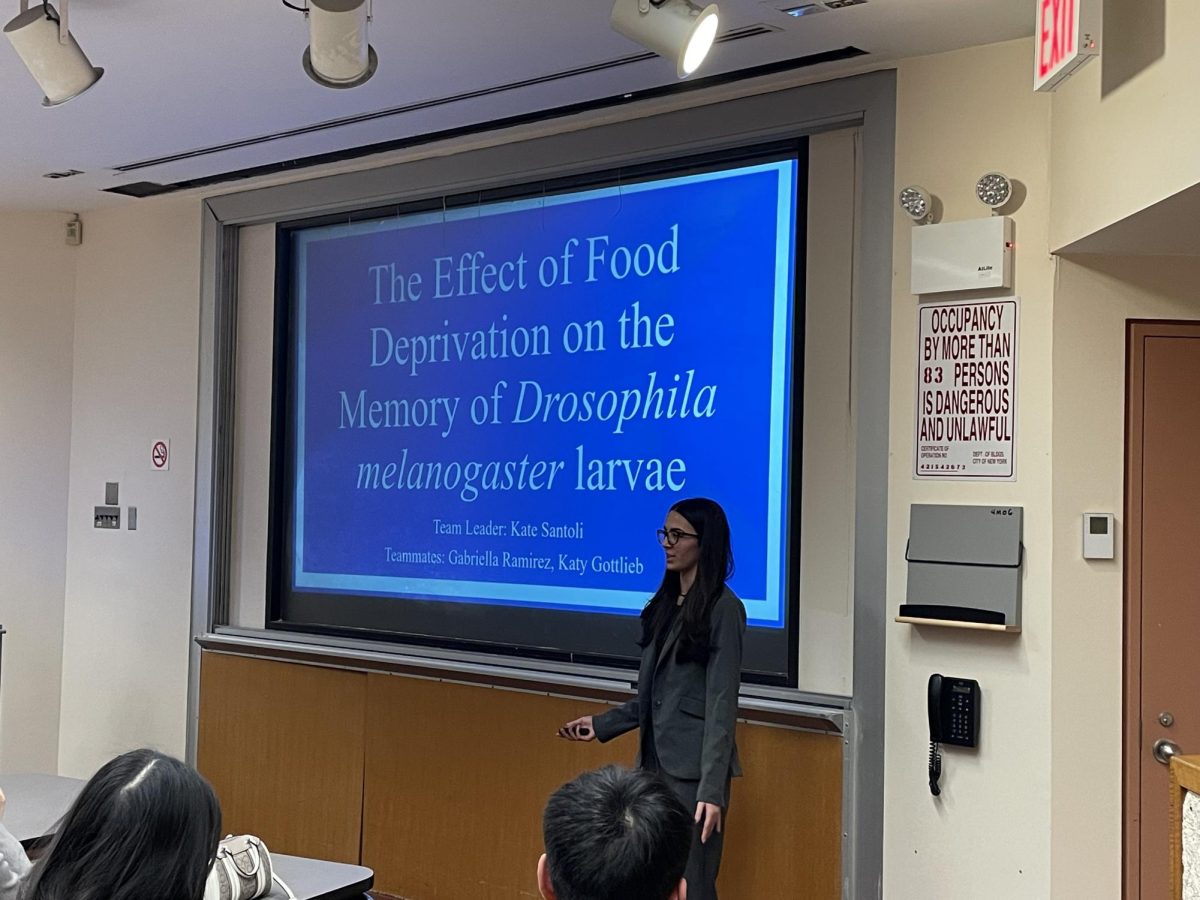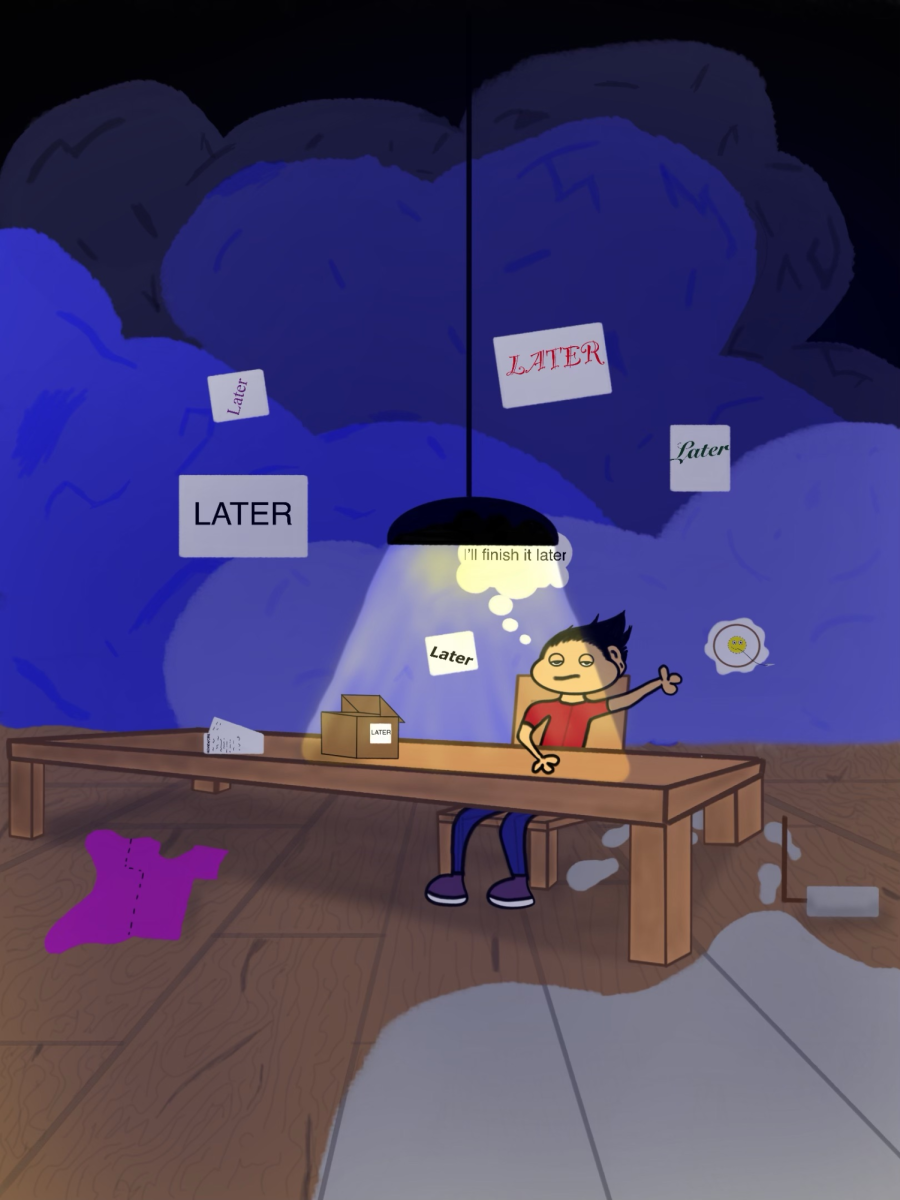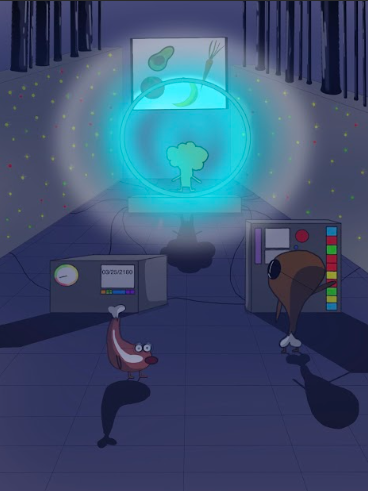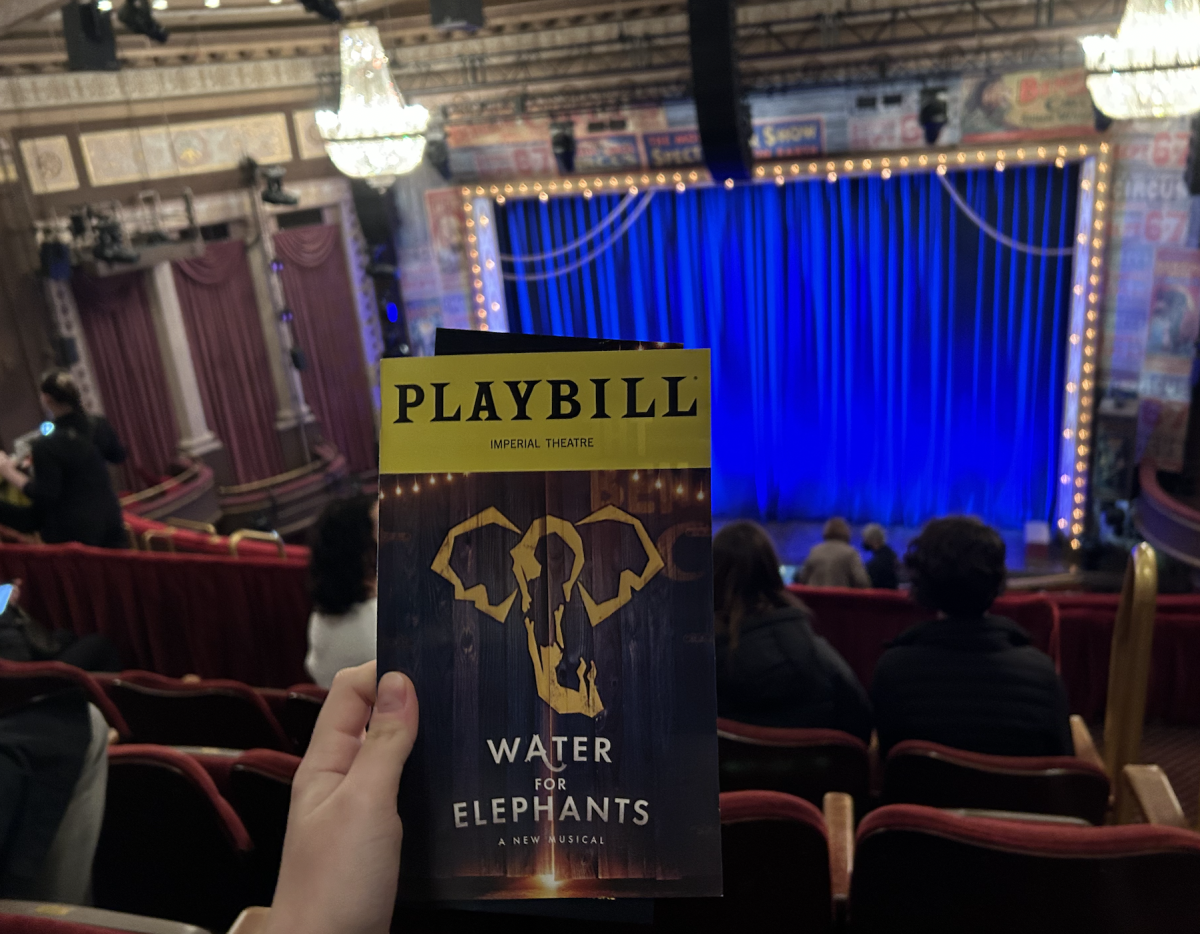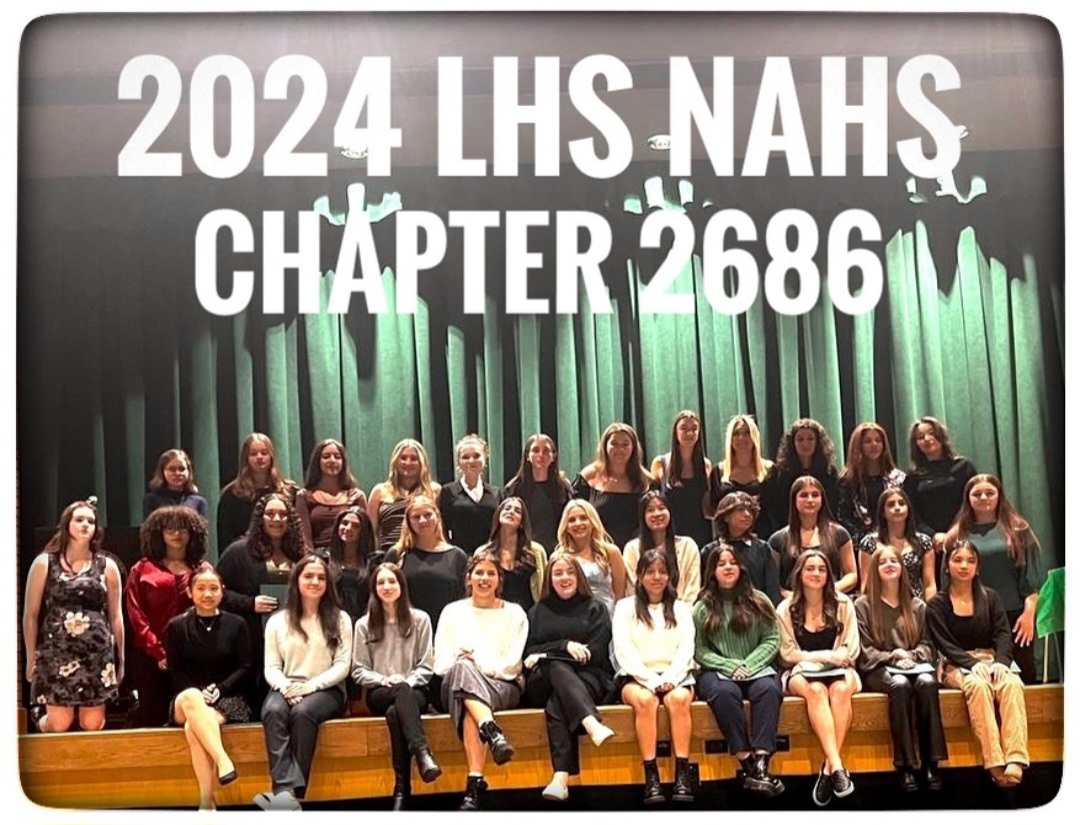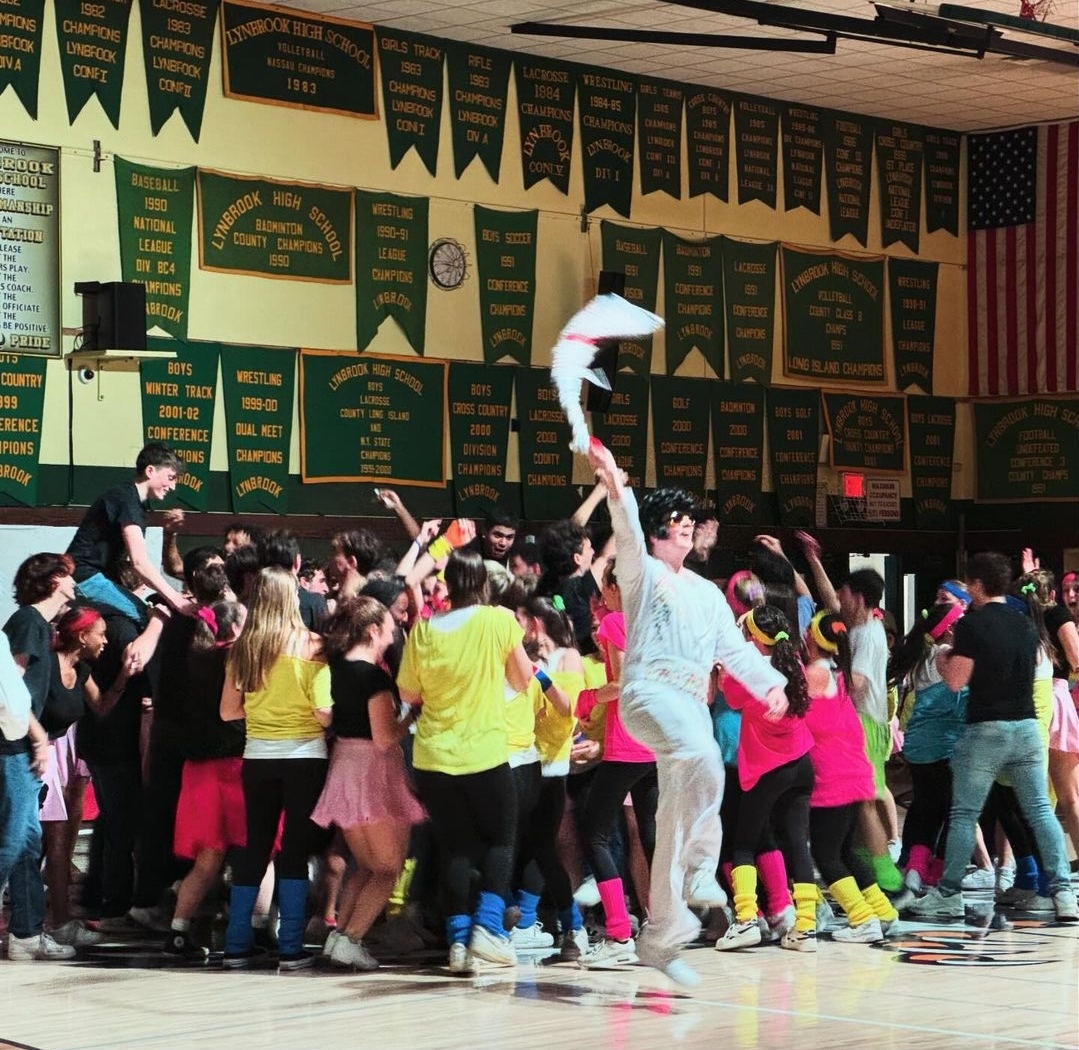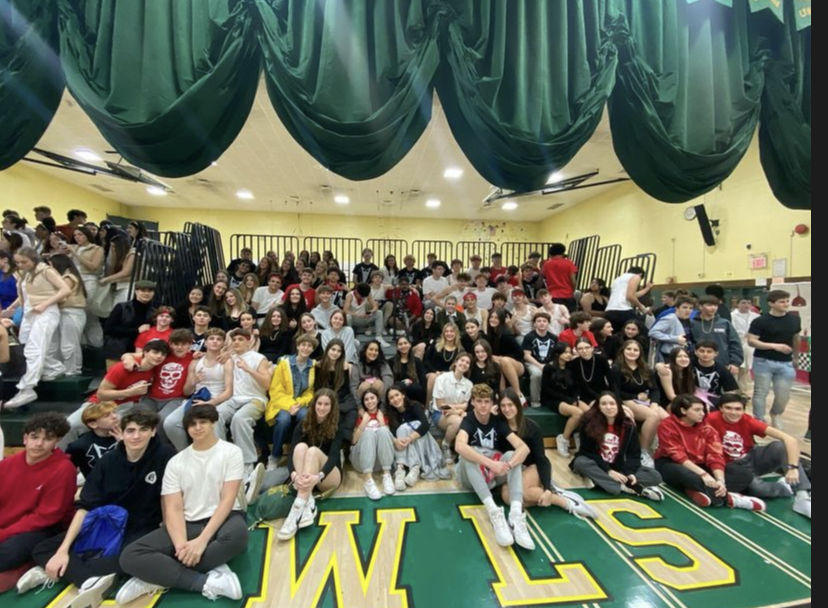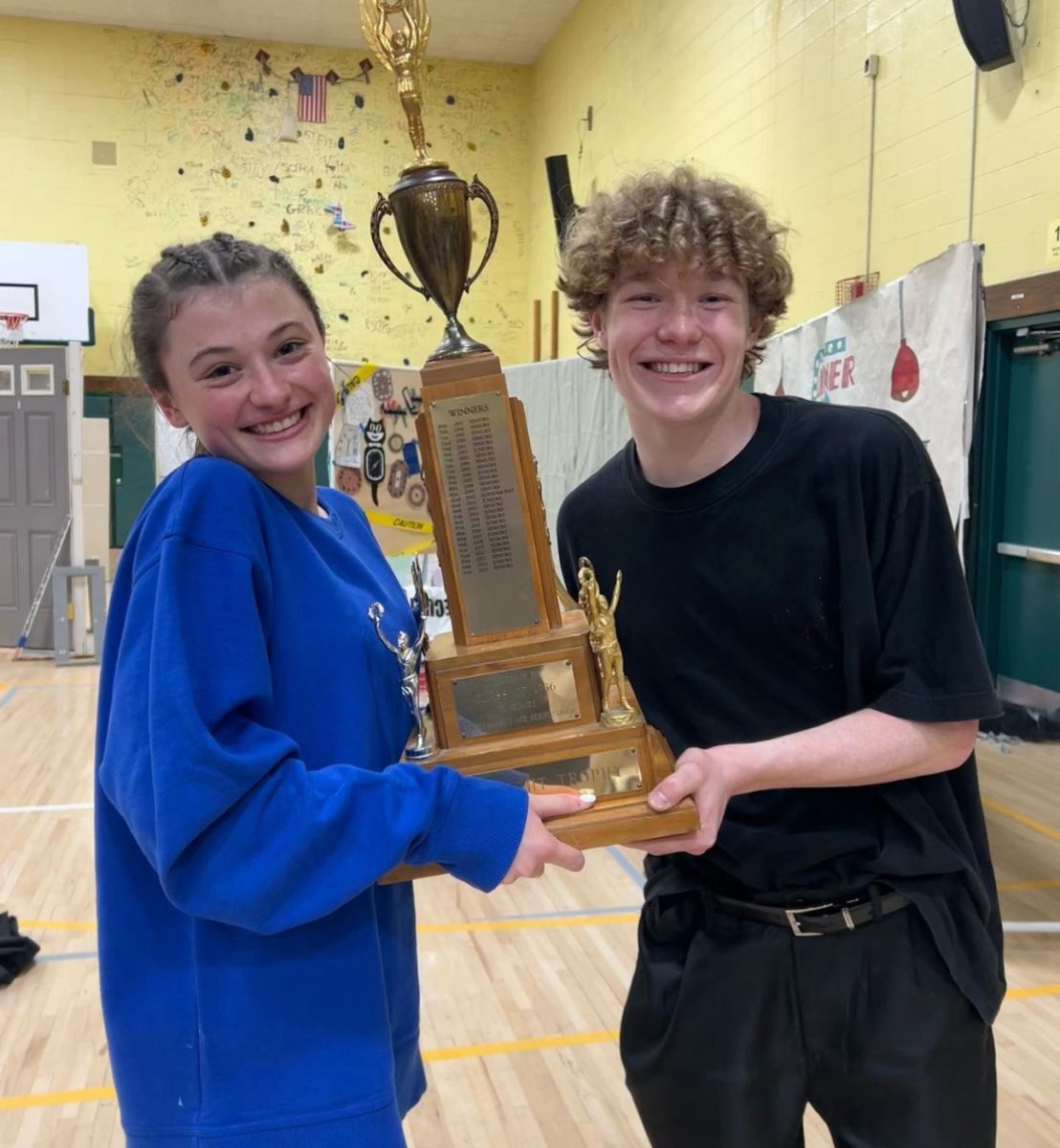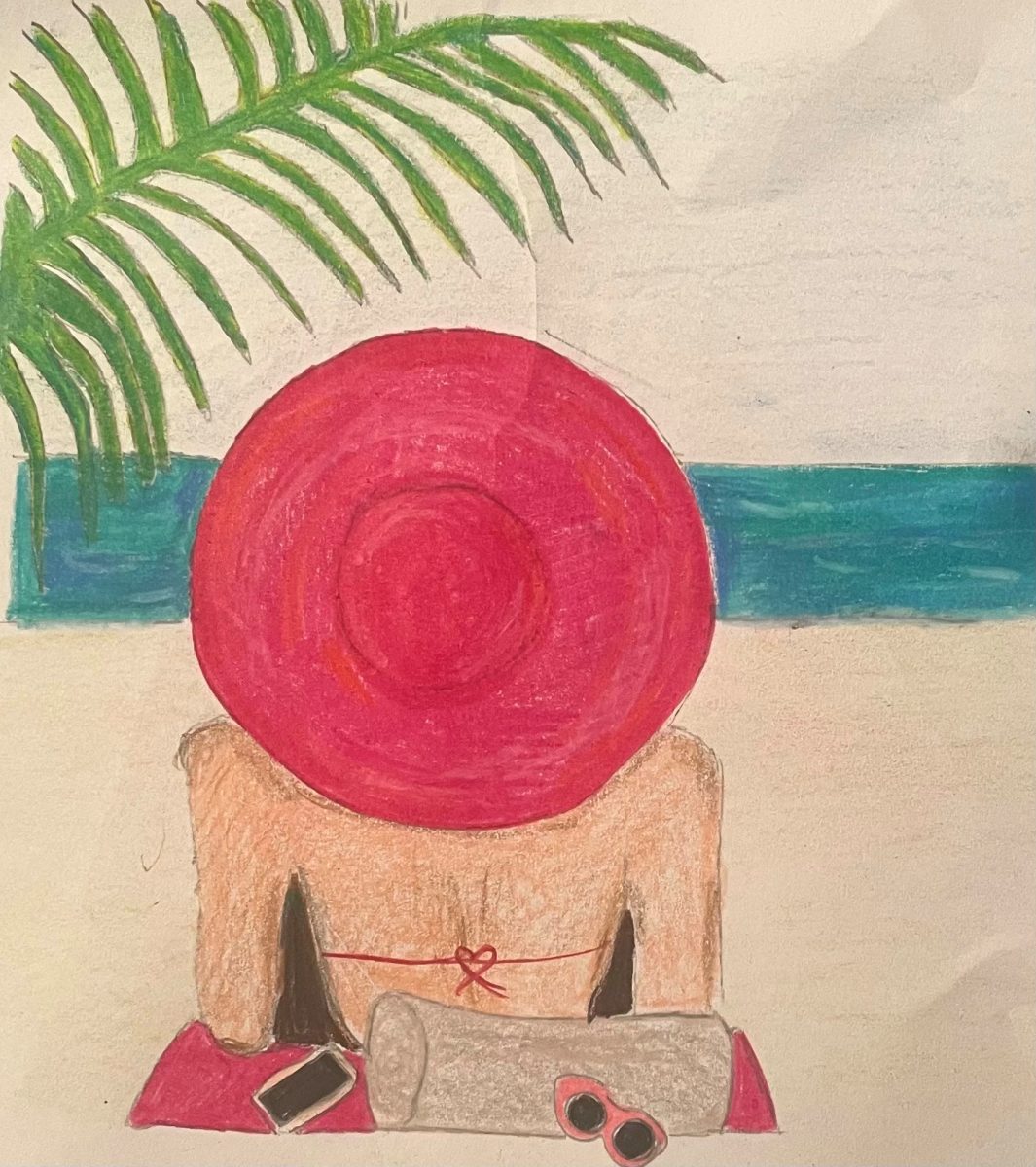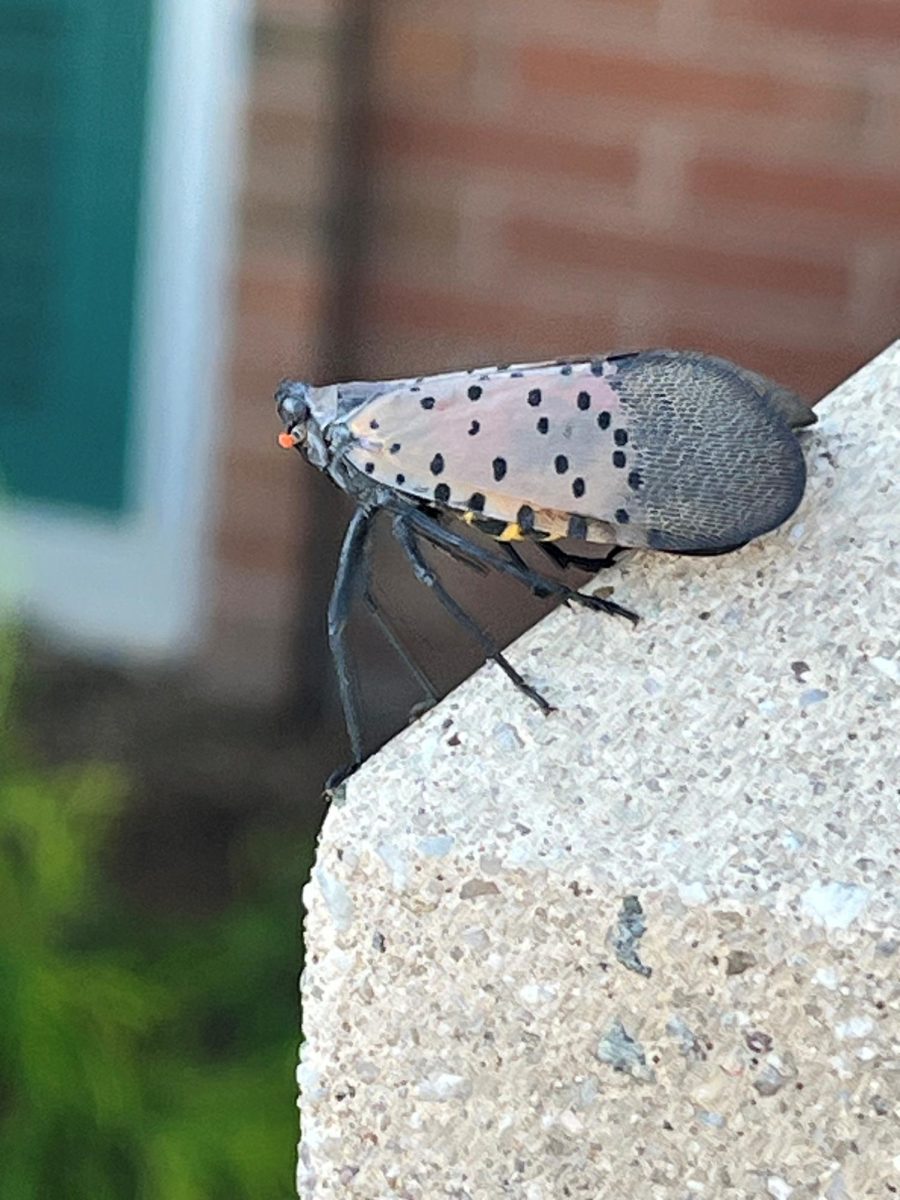Lanternflies are insects that originated in China and are now in the U.S. This summer, this invasive species decided to make New York one of its many homes across America. Lanternflies are an invasive species that feast on the sap of over seventy diverse types of plants. Due to their actions, the spotted lanternflies cause several types of molds to grow on the plant. This can cause an interference in plants’ ability to perform photosynthesis. Spotted lanternflies are also known for attracting other insects, which could affect outdoor activities.
Lantern flies are not native to this area; it does not have natural predators. So, what ends up happening is it overpopulates because it does not have a native predator to control its population.”
— Jeanette Meszaros, Living Environment teacher
The most important thing to know about this invasive species is learning about why it causes a threat in the first place. Jeanette Meszaros, Living Environment teacher, said, “Lantern flies are not native to this area; it does not have natural predators. So, what ends up happening is it overpopulates because it does not have a native predator to control its population.” This is why they can increase in numbers so quickly. Meszaros also said, “Then because of the overpopulation, they start going after food that really doesn’t belong to them in the ecosystem.” As a result, she added, “It can destroy crops and trees that could be food for other organisms.” Spotted lanternflies may kill other wildlife by feasting on their foods and destroying the plants that other animals need to survive. So not only do spotted lanternflies kill crops, but they also kill other animals in the ecosystem.
These pests were seen in Lynbrook this summer and were spotted daily by LHS students earlier this fall. Dimitri Souravlis, a freshman, said he saw them “mostly around the front of the high school.” Although Souravlis mentioned other locations where he saw spotted lanternflies, he specifically mentioned that he noticed many of them right in front of the school. “An ecofriendly pesticide, not damaging any plants but only harming them,” was Souravlis’s response when questioned about what he believed would be the best solution to this invasive species. This kind of chemical would be difficult to execute due to the nature of the spotted lantern flies. Spotted lantern flies like to lay their eggs in the cracks of vehicles, which could cause serious problems in the future because it makes it increasingly difficult to stop the spread of these pests when they lay eggs objects that move.
History can also be used to fully understand the effects and effective solutions to reducing the spotted lanternfly population. Olga Zisel-Hetrick, a history teacher, said, “A similar invasive species to the spotted lanternflies are the brown tree snake in Guam. This caused the decline of many bird populations.” Zisel added, “Based on historical events, lanternflies could become a significant environmental issue because invasive species have disrupted ecosystems in the past.” The brown tree snake was first discovered in 1950. It originated in Indonesia and the Solomon Islands and later found its way to Guam by sneaking onto cargo ships. Similar to the spotted lanternflies, the brown tree snake have a negative effect in their native environment. These snakes are venomous, aggressive, and wiped out a vast amount of native forest birds in Guam. What can be understood is that invasive species like the spotted lanternflies have before disrupted environments. Understanding the long-term effect of such creatures can help to find a solution to the spotted lanternfly problem today.

